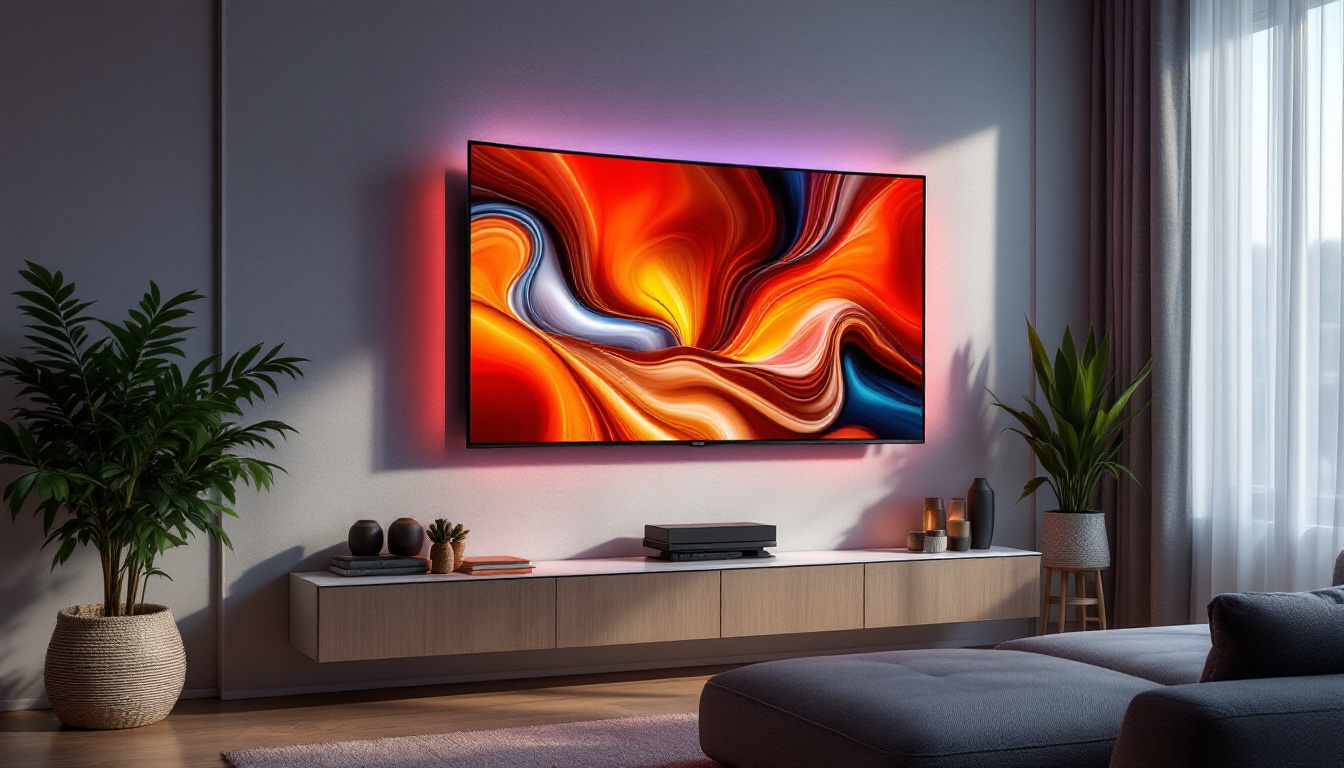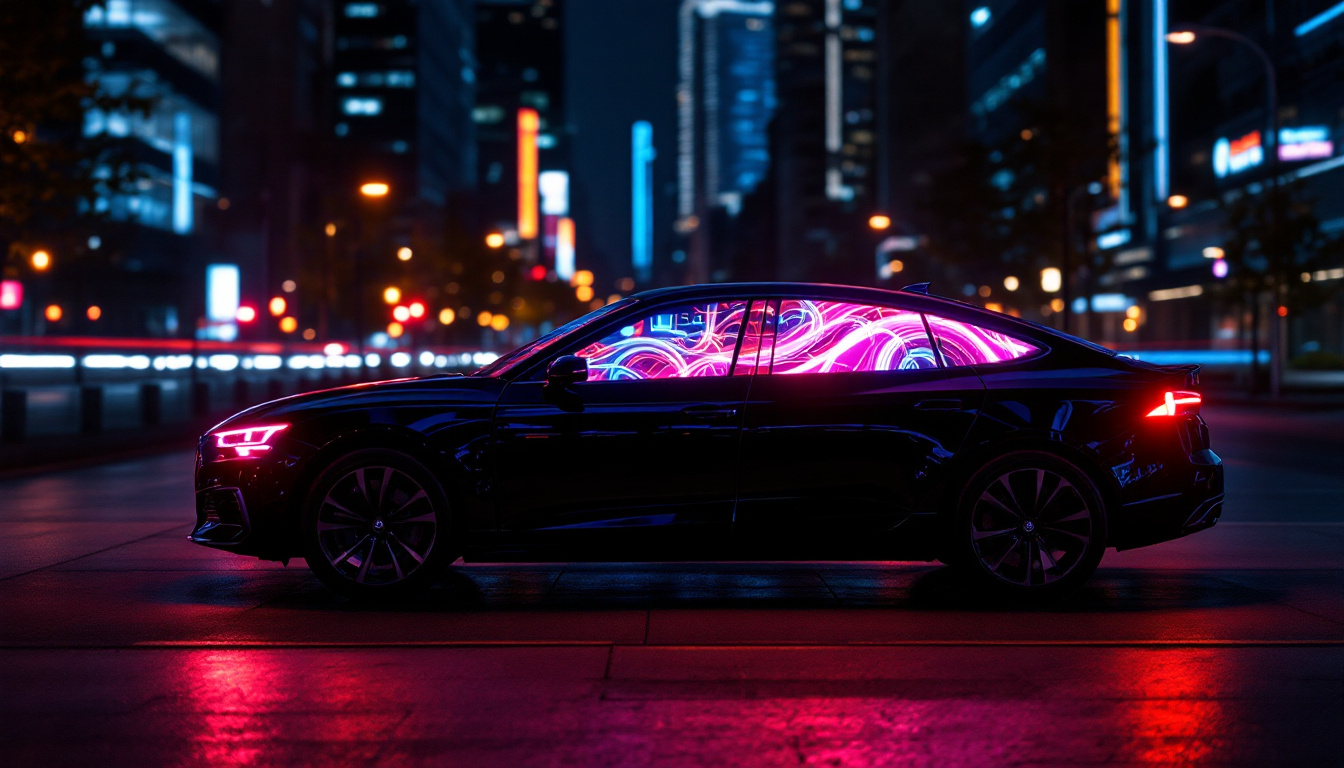In today’s digital age, screens dominate our daily lives—from smartphones and laptops to televisions and digital signage. Among the most common types of displays are LCD and LED screens, terms often used interchangeably but representing distinct technologies. Understanding how these screens work is essential not only for tech enthusiasts but also for consumers aiming to make informed purchasing decisions. This article delves into the mechanics of LCD screens, the role of LED backlighting, and how these technologies combine to deliver the vibrant visuals we see every day.
Understanding LCD Technology: The Foundation of Modern Displays
Liquid Crystal Display (LCD) technology forms the backbone of many contemporary screens. Unlike older cathode ray tube (CRT) displays, LCDs use liquid crystals to modulate light and create images. The technology has evolved significantly since its inception in the 1960s, becoming more efficient, thinner, and capable of producing high-resolution images.
What Is an LCD Screen?
An LCD screen consists of several layers, including two polarizing filters, glass substrates, electrodes, and a layer of liquid crystals sandwiched between them. These liquid crystals have properties that allow them to control the passage of light when an electric current is applied. By adjusting the orientation of the crystals, the screen can block or allow light to pass through specific areas, creating the pixels that form images.
In essence, LCDs do not emit light themselves; they rely on an external light source to illuminate the display. This characteristic distinguishes them from technologies like OLED (Organic Light Emitting Diode), where each pixel emits its own light.
The Role of Liquid Crystals
Liquid crystals are unique materials that flow like liquids but have some properties of solid crystals. When no electric current is applied, the crystals are aligned in a way that twists the light passing through them. When voltage is applied, the crystals change orientation, altering the light’s path. This modulation controls the brightness and color of each pixel on the screen.
The precise control of liquid crystal orientation enables LCDs to display sharp images with accurate color reproduction. However, because the crystals don’t emit light, the quality of the backlighting system is crucial for overall display performance.
LED Backlighting: Enhancing LCD Displays
While LCDs rely on liquid crystals to control light, they need a light source behind them to be visible. This is where LED backlighting comes into play. The term “LED display” often refers to an LCD screen that uses Light Emitting Diodes (LEDs) as its backlight rather than older technologies like Cold Cathode Fluorescent Lamps (CCFLs).
How LED Backlighting Works
LED backlighting involves placing a series of tiny LEDs behind or along the edges of the LCD panel. These LEDs emit white light that passes through the liquid crystal layer and color filters to produce the final image. There are two common configurations:
- Edge-lit LED: LEDs are placed around the edges of the screen, and light is distributed across the panel using light guides. This design allows for thinner screens but may result in uneven brightness.
- Direct-lit or Full-array LED: LEDs are arranged directly behind the LCD panel in a grid pattern, offering more uniform brightness and enabling local dimming features for improved contrast.
Compared to CCFL backlighting, LED backlights consume less power, have a longer lifespan, and enable thinner and lighter screen designs. These advantages have made LED-backlit LCDs the standard for most consumer electronics.
Local Dimming and Contrast Enhancement
One of the significant benefits of full-array LED backlighting is the ability to implement local dimming. This technique involves selectively dimming or brightening specific zones of LEDs behind the screen to enhance contrast and black levels. For example, in a dark scene with bright highlights, local dimming can reduce the brightness in dark areas while maintaining illumination in bright spots, resulting in more vivid and lifelike images.
Local dimming technology has evolved, with some high-end displays featuring hundreds or even thousands of dimming zones. This capability narrows the gap between LCD and OLED displays in terms of contrast performance, although OLEDs still maintain an edge due to their pixel-level light emission.
Comparing LCD and LED Displays: Clarifying the Terminology
The terms “LCD” and “LED” are often used interchangeably, which can cause confusion. It’s important to clarify what each term means and how they relate to each other.
LCD vs. LED: What’s the Difference?
Strictly speaking, an LED display is an LCD screen that uses LED backlighting instead of CCFL. The liquid crystal panel remains the core component responsible for image formation, while the LEDs provide the illumination. Therefore, all LED displays are LCDs, but not all LCDs are LED displays.
In marketing, “LED TV” commonly refers to an LCD TV with LED backlighting. This distinction is crucial because it affects the display’s performance characteristics, such as brightness, energy efficiency, and color accuracy.
OLED and MicroLED: Emerging Competitors
While LCD with LED backlighting dominates the market, newer technologies like OLED and MicroLED are gaining traction. OLED displays emit light at the pixel level, allowing for perfect black levels and superior contrast without the need for backlighting. MicroLED technology, still in its early stages, promises similar benefits with improved brightness and longevity.
Despite these advances, LCD with LED backlighting remains popular due to its cost-effectiveness, availability in large sizes, and continual improvements in picture quality.
How LCD and LED Technologies Impact User Experience
The combination of LCD panels and LED backlighting directly influences several key aspects of the user experience, including image quality, power consumption, and device form factor.
Image Quality and Color Accuracy
Modern LED-backlit LCDs can produce vibrant colors and sharp images suitable for a wide range of applications, from casual viewing to professional photo editing. Advances in color filters, quantum dot technology, and local dimming have significantly enhanced color accuracy and dynamic range.
For instance, quantum dot enhancement films integrated into some LED-backlit LCDs can expand the color gamut, enabling displays to cover up to 90% or more of the DCI-P3 color space, which is a standard used in digital cinema. This results in richer and more lifelike colors.
Energy Efficiency and Environmental Impact
LED backlighting is more energy-efficient than older CCFL technology, reducing power consumption by up to 40% in some cases. This efficiency translates into longer battery life for portable devices and lower electricity bills for home users.
Furthermore, LEDs do not contain mercury, unlike CCFLs, making LED-backlit LCDs more environmentally friendly and easier to recycle.
Design and Form Factor
The compact size of LEDs allows manufacturers to produce thinner and lighter displays. This has enabled the development of ultra-slim laptops, curved monitors, and edge-to-edge screen designs that enhance aesthetic appeal and usability.
Additionally, LED backlighting supports higher refresh rates and faster response times, which are critical for gaming and fast-paced video content.
Common Applications of LCD and LED Displays
LCD screens with LED backlighting are ubiquitous across multiple industries and devices. Their versatility and performance make them suitable for a broad spectrum of uses.
Consumer Electronics
Smartphones, tablets, laptops, and televisions predominantly use LED-backlit LCDs. The balance of image quality, cost, and energy efficiency makes this technology ideal for mass-market devices. For example, the majority of 4K TVs sold worldwide in 2023 employ LED-backlit LCD panels.
Commercial and Industrial Displays
Digital signage, point-of-sale terminals, and medical monitors often rely on LCD technology enhanced by LED backlighting. The ability to produce bright, clear images in various lighting conditions is essential for these applications.
Automotive and Aerospace
LCDs with LED backlighting are increasingly used in vehicle dashboards, infotainment systems, and cockpit displays. Their durability, clarity, and energy efficiency are crucial in these demanding environments.
Future Trends in LCD and LED Display Technology
The display industry continues to innovate, pushing the boundaries of what LCD and LED technologies can achieve.
Mini-LED and Micro-LED Backlighting
Mini-LED technology uses thousands of tiny LEDs as backlighting, offering even more precise local dimming and improved contrast compared to traditional LED backlights. This technology is already appearing in premium laptops and TVs, delivering near-OLED levels of contrast with the benefits of LCDs.
Micro-LED, on the other hand, represents a leap forward by integrating microscopic LEDs directly into the display panel, combining the advantages of OLED and LED technologies. While still expensive and challenging to manufacture, Micro-LED holds promise for the next generation of high-performance displays.
Quantum Dot Enhancements
Quantum dot technology continues to evolve, enabling LCDs to achieve wider color gamuts and higher brightness levels. This advancement is particularly important for HDR (High Dynamic Range) content, which demands displays capable of rendering subtle details in both dark and bright areas.
Flexible and Transparent Displays
Research into flexible LCDs with LED backlighting is underway, opening possibilities for foldable devices and innovative form factors. Transparent LCDs are also emerging, allowing displays to be integrated into windows and glass surfaces without obstructing the view.
Conclusion: The Synergy of LCD and LED Technologies
LCD screens with LED backlighting represent a mature and versatile display technology that balances image quality, energy efficiency, and cost. By understanding how liquid crystals manipulate light and how LED backlights illuminate the display, consumers and professionals alike can appreciate the engineering behind the screens they use daily.
As display technology advances, the integration of mini-LED, quantum dots, and other innovations promises to enhance LCD performance further. While emerging technologies like OLED and Micro-LED offer exciting alternatives, LED-backlit LCDs will continue to play a dominant role in the display market for years to come.
Whether shopping for a new TV, upgrading a laptop, or designing digital signage, knowing how LCD and LED technologies work together empowers better decisions and a deeper appreciation for the screens that connect us to the digital world.
Discover Cutting-Edge LED Displays with LumenMatrix
As you consider the advancements in LCD and LED technologies and their impact on your digital experiences, LumenMatrix stands at the forefront of these innovations. With a commitment to revolutionizing visual communication, LumenMatrix offers a diverse range of LED display solutions, from Indoor and Outdoor LED Wall Displays to specialized options like Vehicle, Sports, and Floor LED Displays. Embrace the future of vibrant, energy-efficient, and dynamic visual storytelling with our Custom, All-in-One, and Transparent LED Displays. Enhance your brand’s presence and captivate your audience with unparalleled clarity. Check out LumenMatrix LED Display Solutions today and see how we can illuminate your world with cutting-edge technology.































